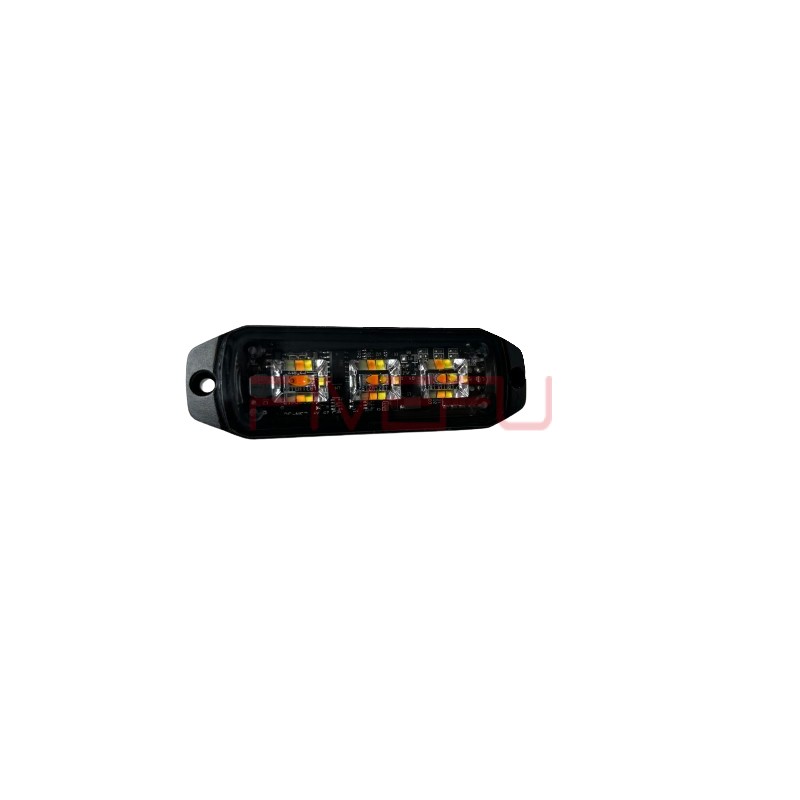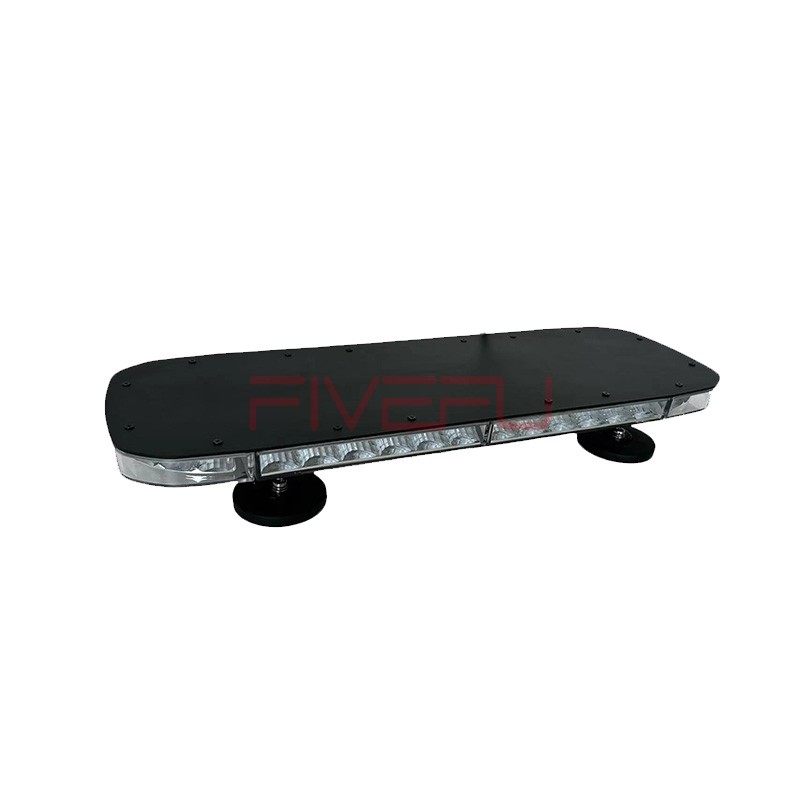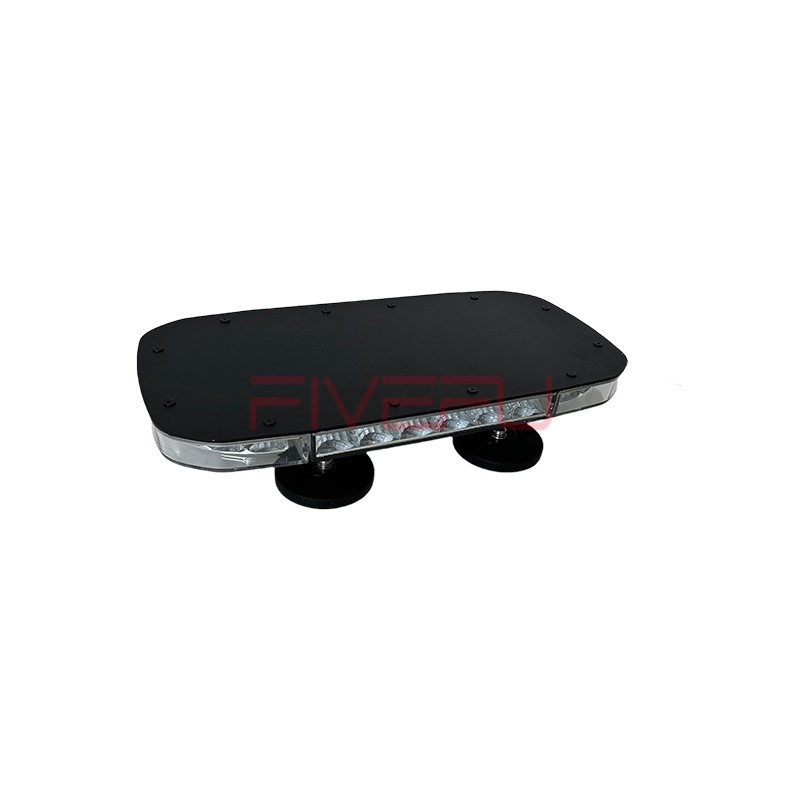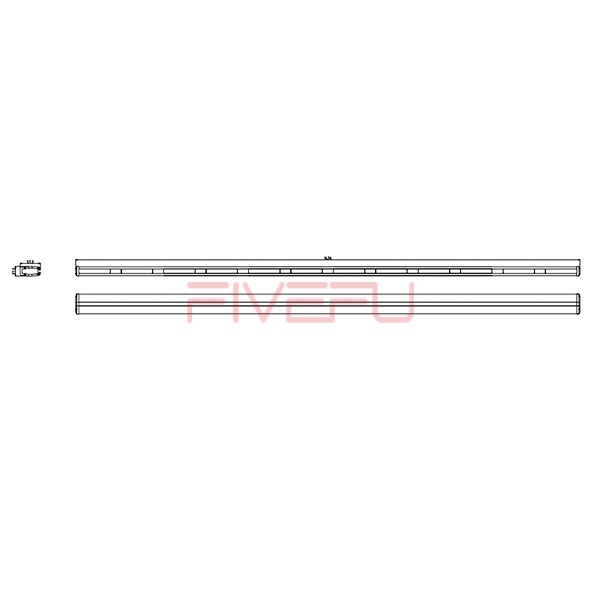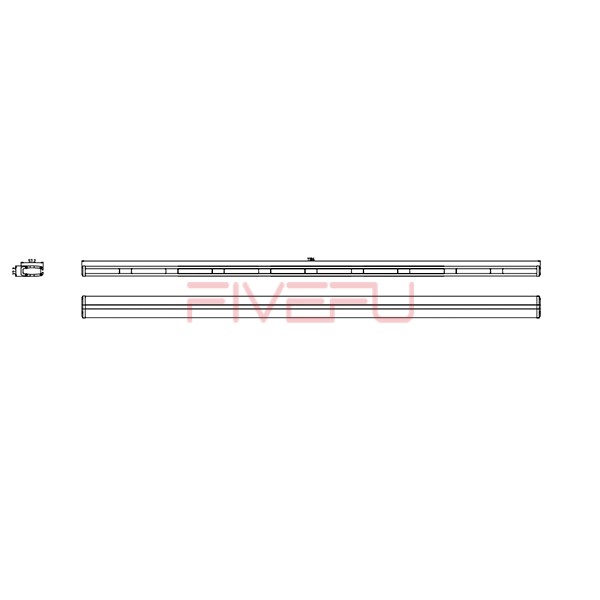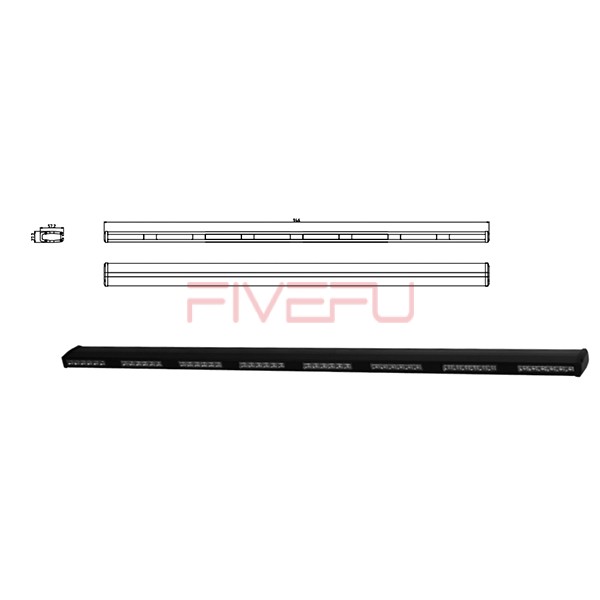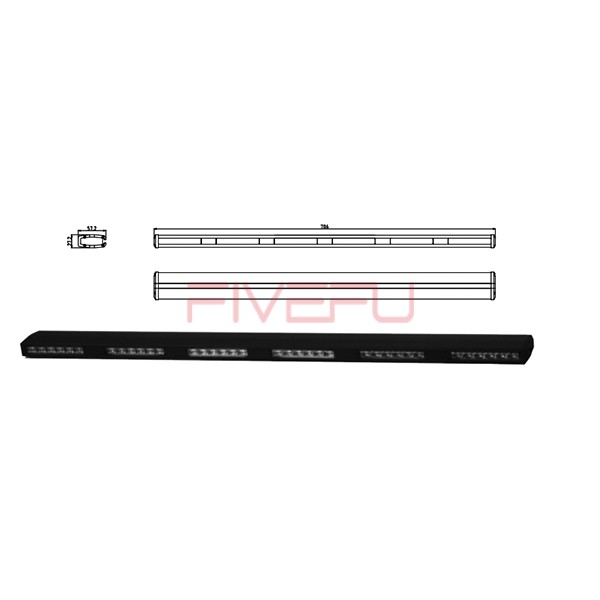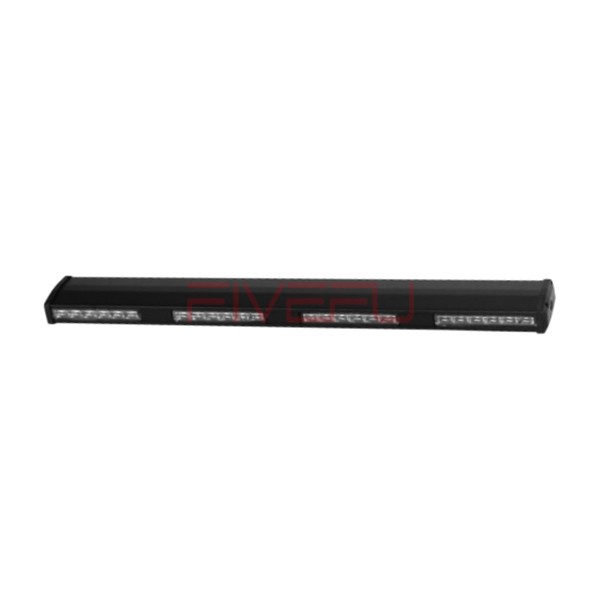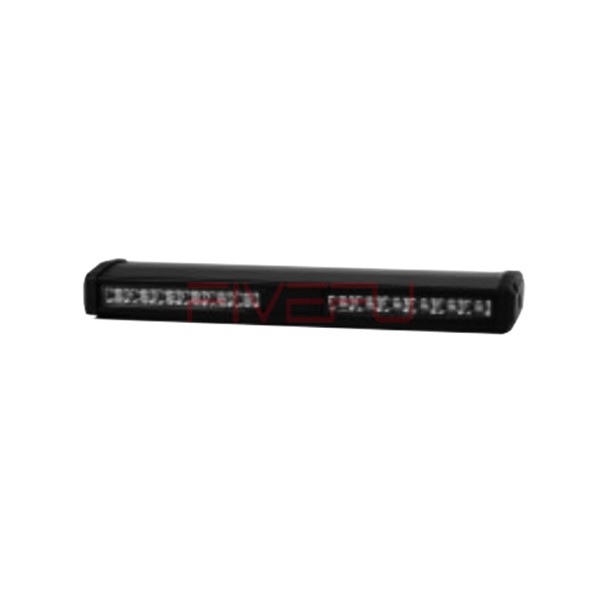Flashing blue lights might look cool, but using them illegally can lead to heavy fines or even prosecution. Here’s what you need to know.
In the UK, it’s illegal for private vehicles to display blue flashing lights, as they are reserved exclusively for emergency service vehicles such as police, fire, and ambulance units.
Discover why misuse is taken so seriously and how to stay road-legal in the UK.
Understanding the Legal Restrictions on Blue Lights
In the UK, vehicle lighting is governed by the Road Vehicles Lighting Regulations 1989, which clearly restricts the use of blue flashing lights to emergency vehicles only. This includes police cars, fire engines, ambulances, and some specially authorized response vehicles such as HM Coastguard and mountain rescue teams.
The reason for this regulation is simple: blue flashing lights signify urgency and the right to disregard certain traffic rules, such as passing through red lights or exceeding speed limits when safe to do so. Allowing non-emergency drivers to display these signals would pose a serious risk to road safety, causing confusion or delayed responses from actual emergency services.
It’s also worth noting that even fitting blue lights that are not in use can be considered illegal if the authorities determine they are visible and may mislead other road users.
What Happens If You Use Blue Lights Illegally?
Misusing blue lights is a criminal offence in the UK and can result in multiple penalties. If you are found to be displaying blue flashing lights unlawfully, you could face:
-
A fixed penalty notice or prosecution in court
-
Vehicle seizure
-
Points on your driving licence
-
A fine of up to £1,000
-
Invalidated insurance coverage
Police take such misuse seriously because impersonating emergency services erodes public trust and can lead to dangerous road situations.
In serious cases, especially where the blue lights are used to impersonate a police vehicle or gain unlawful priority in traffic, charges may escalate to include fraud or public order offences.
Exceptions: Are There Any Legal Uses for Blue Lights?
There are very limited exceptions. Only designated emergency service vehicles and certain volunteer or off-duty personnel (in extremely specific cases) are permitted to use blue warning lights. Examples include:
-
Marked emergency vehicles with official liveries
-
Volunteer first responders (with local authority permission)
-
Breakdown and recovery vehicles, but only using amber lights, not blue
Even show cars or display vehicles used for events are not permitted to operate blue lights on public roads. Any operation must be limited to private land or require special authorization.
Can You Use Blue Lights for Decorative Purposes?
While it may be tempting to install blue LED strips or flashing lights for show, this is highly discouraged. Decorative blue lights that are visible from outside the vehicle, especially at the front, could still fall foul of the law, even if not flashing.
The law focuses not only on the use but also the potential to mislead other road users. If a police officer believes your lighting setup could confuse other drivers or mimic emergency signals, they are authorized to issue penalties.
Interior blue lights that are not visible from outside may be legal, but even then, use caution. It’s always best to consult DVSA or local police before any such modifications.
What Colours Are Allowed on Private Vehicles?
If you’re looking to personalize your car while staying compliant, here’s a basic guide:
-
White lights: Front of the vehicle (standard)
-
Red lights: Rear of the vehicle only
-
Amber lights: For indicators and hazard warning signals
-
Green lights: Very limited use (e.g., doctors on call)
-
Blue lights: Emergency vehicles only
Some underglow or ambient kits may be legal if they follow rules on brightness, visibility, and color, but they must never flash or imitate emergency signals.
Advice for Car Modifiers and Enthusiasts
If you’re a car enthusiast looking to modify your vehicle for style or performance, always prioritize legality and road safety. Here are some quick tips:
-
Check the MOT guidelines for lighting
-
Use approved parts with correct CE/UKCA markings
-
Avoid fitting anything that flashes blue or mimics emergency vehicles
-
Document your modifications and keep receipts or installation records
-
Consult your insurer to ensure coverage isn’t affected
Enthusiast communities often share updates on lighting laws and best practices, so staying informed will keep your modifications both stunning and street-legal.
What To Do If You See a Private Car Using Blue Lights?
If you see a non-emergency vehicle displaying blue flashing lights on UK roads, report it to the police via 101. If it appears to be impersonating law enforcement or acting suspiciously, call 999 immediately. Public reports help police tackle misuse quickly and ensure road safety is not compromised.
You can also report incidents online using your local police force’s website or through the GOV.UK contact forms.
Final Verdict: Keep Blue Lights for the Professionals
Fitting blue flashing lights to your private car in the UK is not only illegal—it’s unsafe and unnecessary. Always follow DVLA lighting regulations and choose legal alternatives if you want to modify your vehicle’s look. Remember, road safety and compliance must come first.
Don’t risk fines or court—keep your car lighting legal and leave blue flashing lights to emergency responders.
